Shifting mindset to commodity production
Quan Ba ( Tuyen Quang ) is famous as the "capital" of vegetables and flowers. On the harsh Dong Van rocky plateau, people have gathered land to form a vegetable production area with high income.
Quan Ba commune was reorganized on the basis of merging Quyet Tien commune, Quan Ba and Tam Son town (belonging to Quan Ba district, old Ha Giang province) with a total natural area of over 100km². The cool climate all year round, average temperature of 18 - 22 degrees Celsius, many flat valleys, thick, loose topsoil are rare conditions in the rocky plateau, becoming a natural advantage for short-term vegetables and cold-loving flowers. From that advantage, Quan Ba regularly supplies vegetables to the province, reaching out to wholesale markets in the capital and some supermarket systems in the northern provinces.
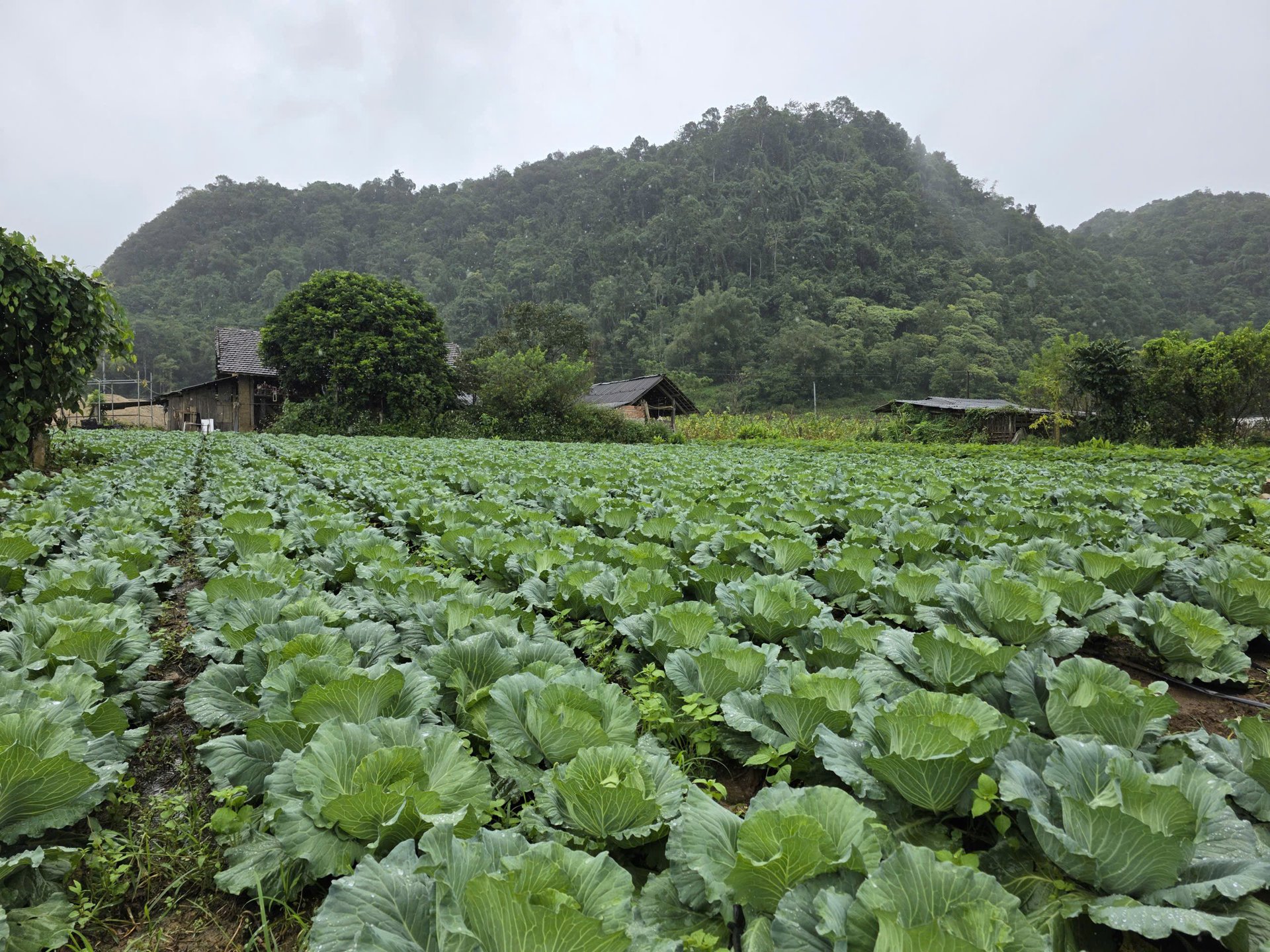
Cabbage fields grow very well in Quan Ba commune (Tuyen Quang). Photo: Tu Thanh.
The total annual cultivated area in Quan Ba is currently about 5,276 hectares, with an average production value of about 72 million VND/ha. The entire commune currently has about 700 hectares of vegetable land, of which over 250 hectares specialize in growing vegetables (cabbage, mustard greens, tomatoes, cucumbers, etc.) and more than 20 hectares of roses. Each hectare of vegetables and flowers here brings farmers from 200 to 250 million VND per year, many times more than traditional corn or rice.
Vegetables grow evenly, with tight foliage. Carefully cultivated cabbage is round, heavy, and has few pests. A series of vegetable production linkage models have been deployed, intensive farming techniques have been popularized, and crop schedules have been adjusted according to market demand. Thanks to that, each year Quan Ba brings to the market more than 7,000 tons of vegetables, fruits, and millions of roses, with a total value of over 100 billion VND. Vegetable and flower production has contributed to raising the average income per capita of the commune (estimated in 2025) to about 48.6 million VND, an increase of 20.3 million VND compared to 2020.
In Quan Ba, for many households, vegetables are a seasonal “savings”. Thanks to the dedicated guidance of agricultural extension officers from land preparation, seed selection, fertilization, pest control to harvesting, the vegetable area of most households grows well, with uniform appearance. The consumption stage has also taken a step forward, with businesses coming to the fields to buy, reducing intermediary costs and the risk of “market congestion”. Growers have less to wait on traders.

Vegetable beds are covered with plastic to retain moisture and limit weeds. Photo: Tu Thanh.
Ms. Tran Thi May in Bo Lach hamlet, Quan Ba commune said: “Together with other households in the hamlet, my family plows the land, sows and takes care of it according to the instructions of agricultural extension officers. Thanks to favorable climatic conditions, the cabbage ensures quality and appearance, weighing from 1.5 - 3kg/head. Last year, with favorable weather, my family earned tens of millions of dong from a cabbage crop, and the whole year's income was more than 50 million dong."
But agriculture is not all about positive numbers. This year has been marked by prolonged cold rains, storms, and floods. When I visited, Mrs. May was busy with her newly cut cabbage, her face haggard because the weather this year was not favorable for the vegetable crop.
“This year, my family lost a lot. There was too much rain to harvest, and the vegetables were rotten right in the fields. Normally, my family grows three crops of vegetables each year. At the beginning of the year, I planted nearly 7,000 cabbage plants, hoping to cover the costs and save for my children. But in April, the heavy rain and flooding ruined thousands of plants. My family also planted cucumbers and tomatoes, but tomato prices were low and I couldn’t sell much,” Mrs. May said sadly.
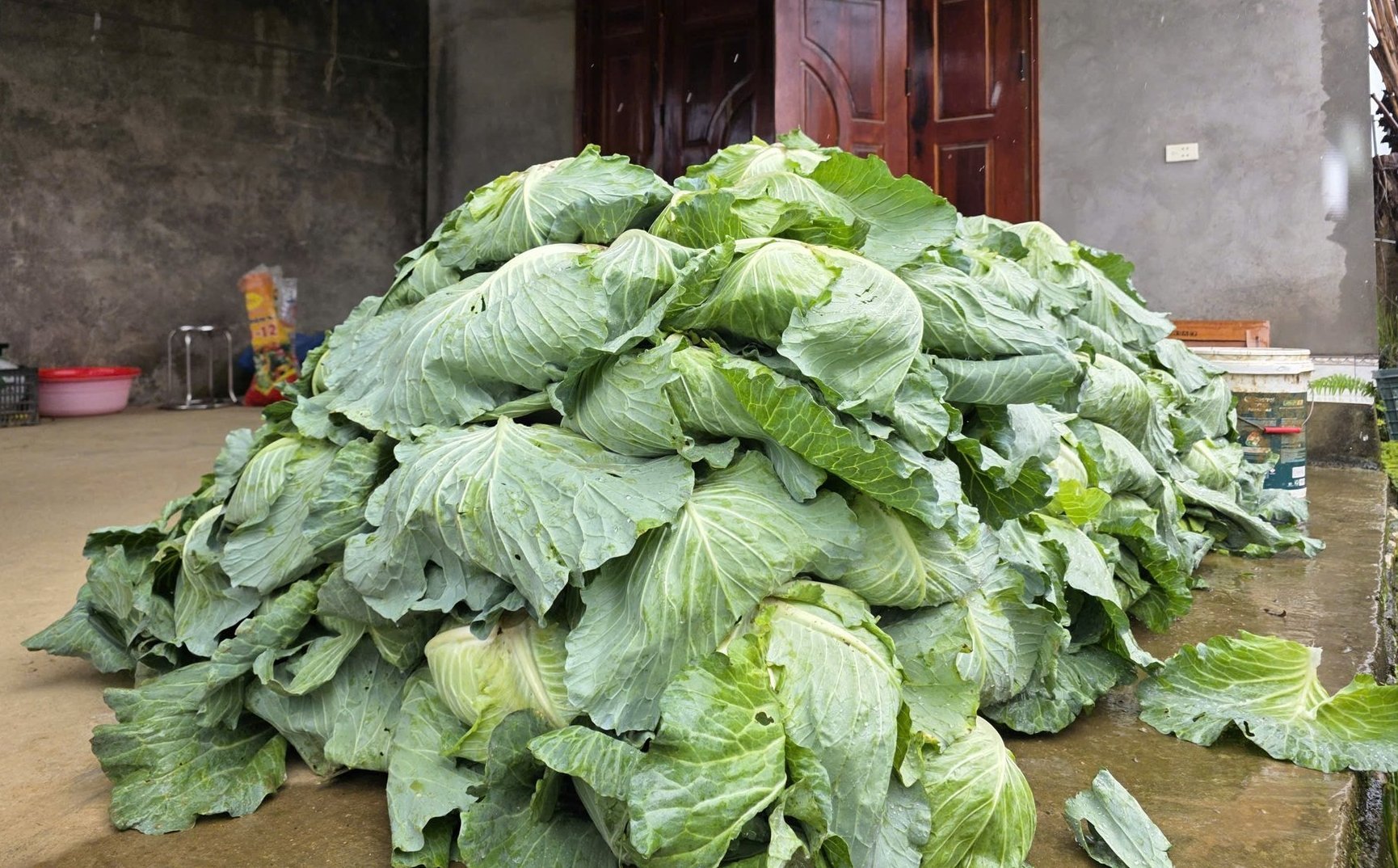
Freshly harvested cabbage of Mrs. Tran Thi May's family (Bo Lach village, Quan Ba commune, Tuyen Quang). Photo: Tu Thanh.
Mrs. May's story is not strange to Quan Ba farmers. Despite being located on advantageous land, having technology and consumption links, growers are still "exposed to the ground and rocks" when natural disasters strike, the fear of unseasonal rains, flash floods, and falling agricultural prices right at the peak of the season is always present.
Natural disasters are unpredictable and unavoidable. The good news in Quan Ba is that people have changed their thinking. In addition to serving daily needs, people have thought of growing goods, knowing how to form groups, knowing how to monitor prices, and knowing how to maintain consistent quality. Vegetables and flowers have since become the main products of the commune.
Growing vegetables and flowers associated with experiential tourism
The development of the Quan Ba vegetable area in recent years is primarily a story of changing the crop structure. From low-yield corn areas, the commune mobilized people to switch to higher-value crops based on microclimate conditions and consumption capacity. As a result, over 346 hectares have been converted, of which 36.2 hectares were completely converted, 310 hectares were converted seasonally. Off-season vegetables such as cucumbers, tomatoes, eggplants, squash, cabbage, etc. are suitable for local soil and climate conditions, and avoid the situation of good harvest and low prices through flexible crop extension.
According to Mr. Vang Minh Chuong, Head of the Economic Department of Quan Ba Commune, the commune has issued a plan to develop circular agriculture. The immediate focus is to review production-consumption linkage models, especially in the old Quyet Tien area - where the main vegetable production models are concentrated. "Based on the existing model, we will evaluate the advantages and disadvantages, promote strengths, overcome weaknesses to synchronously deploy solutions to develop specialized vegetable growing areas associated with consumption linkages," said Mr. Chuong.
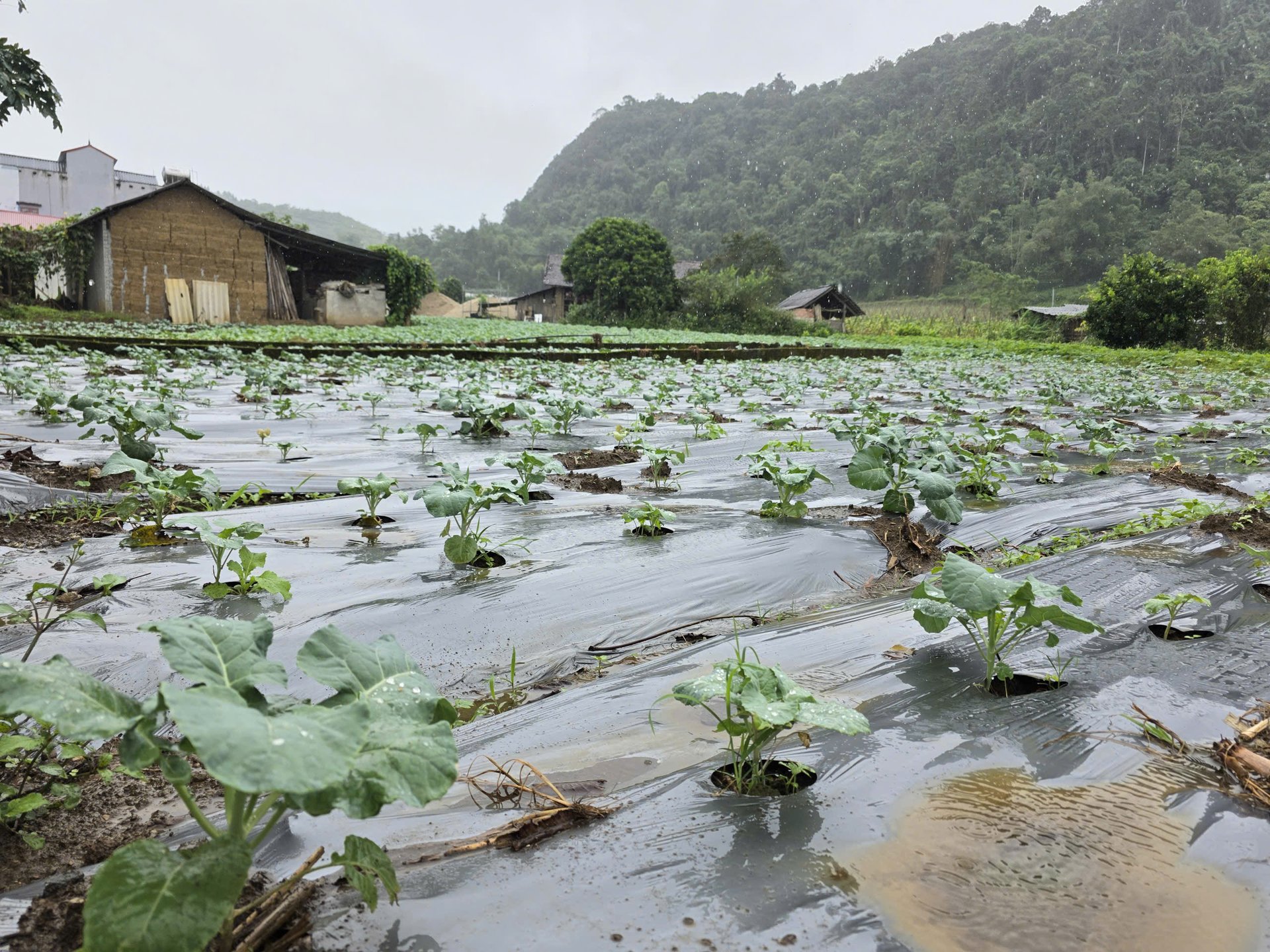
In the coming time, Quan Ba commune will focus on developing circular agriculture, planning concentrated vegetable areas, each village will arrange 1-2 purchasing points, and combine production with experiential tourism. Photo: Tu Thanh.
Regarding the organization of consumption, each village arranges 1-2 households to act as purchasing agents for the people. From these agents, businesses will grasp information about the season and output not only in the commune but also in other localities, thereby stabilizing prices, increasing product value and avoiding risks when large investments encounter price drops. The general orientation is to produce in the direction of goods, following market signals.
At the same time, the commune plans and expands concentrated vegetable production areas, applies science and technology, maintains and develops production - consumption links, and combines vegetable and flower growing with experiential tourism to increase services and output. "We also improve quality, build brands for each product, each production unit, and form identification labels according to the focal point to manage the growing areas. The goal is to produce large, concentrated output, ensuring quality and brand for Quan Ba vegetables," Mr. Chuong added.
The Resolution of the Quan Ba Commune Party Congress for the 2025-2030 term clearly defines the goal of converting an additional 200 hectares of low-yield crops to high-value crops (30 hectares of monoculture, 170 hectares of seasonal conversion); increasing product value to VND80 million/hectare or more. One of the three breakthroughs is developing a circular economy in agriculture associated with the application of science and technology and expanding product consumption linkages.
Source: https://nongnghiepmoitruong.vn/thu-phu-rau-tren-cao-nguyen-da-d779061.html


![[Photo] Ca Mau "struggling" to cope with the highest tide of the year, forecast to exceed alert level 3](https://vphoto.vietnam.vn/thumb/1200x675/vietnam/resource/IMAGE/2025/11/04/1762235371445_ndo_br_trieu-cuong-2-6486-jpg.webp)

![[Photo] Panorama of the Patriotic Emulation Congress of Nhan Dan Newspaper for the period 2025-2030](https://vphoto.vietnam.vn/thumb/1200x675/vietnam/resource/IMAGE/2025/11/04/1762252775462_ndo_br_dhthiduayeuncbaond-6125-jpg.webp)
![[Photo] Ho Chi Minh City Youth Take Action for a Cleaner Environment](https://vphoto.vietnam.vn/thumb/1200x675/vietnam/resource/IMAGE/2025/11/04/1762233574890_550816358-1108586934787014-6430522970717297480-n-1-jpg.webp)

![[Photo] The road connecting Dong Nai with Ho Chi Minh City is still unfinished after 5 years of construction.](https://vphoto.vietnam.vn/thumb/1200x675/vietnam/resource/IMAGE/2025/11/04/1762241675985_ndo_br_dji-20251104104418-0635-d-resize-1295-jpg.webp)







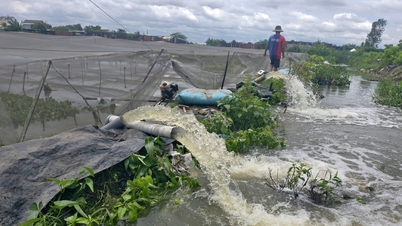








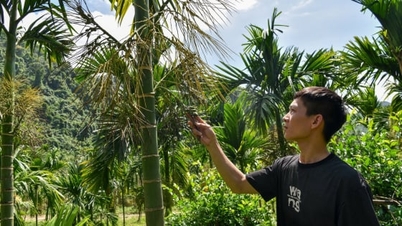






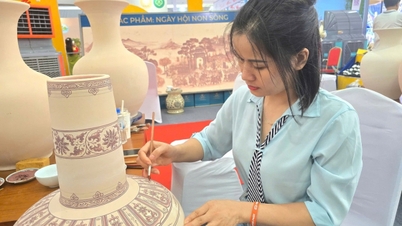



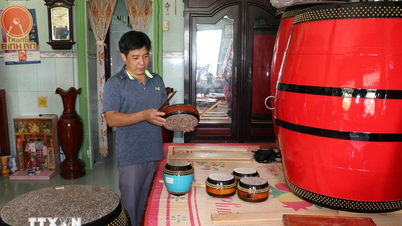































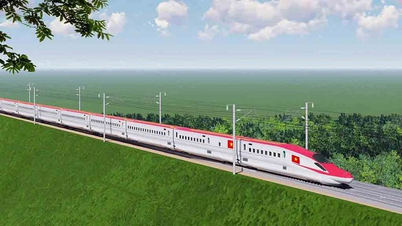
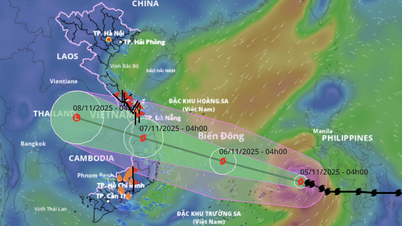



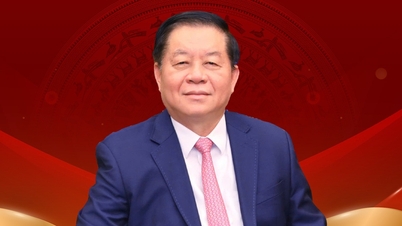

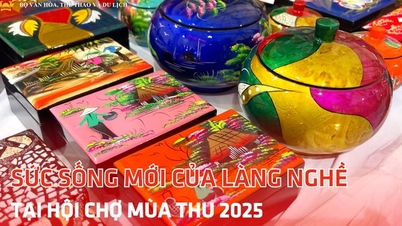












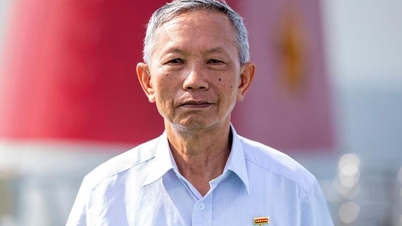

















Comment (0)